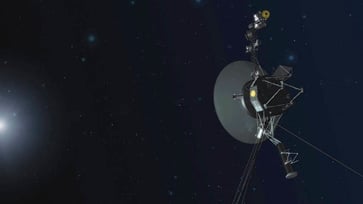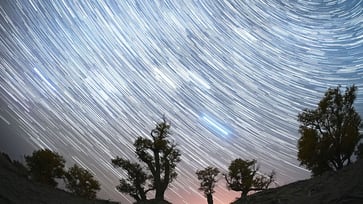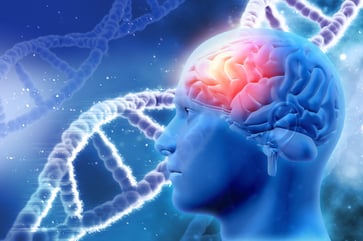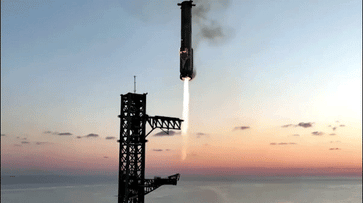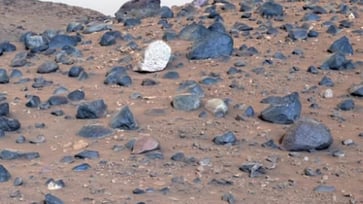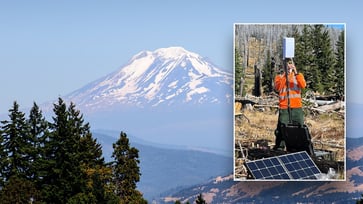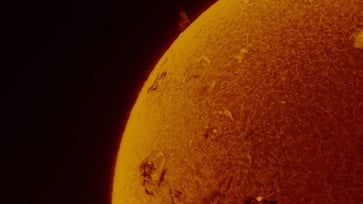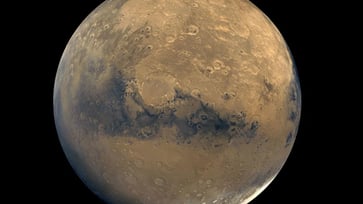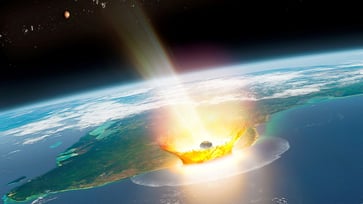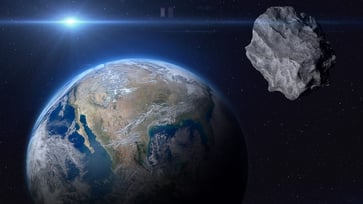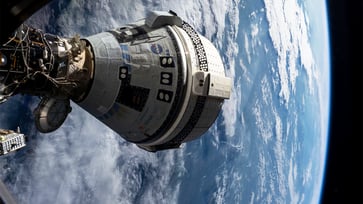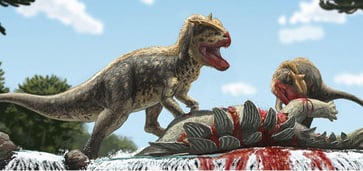What are the factors that lead to air turbulence?
One passenger died and many were injured during extreme turbulence on a Singapore Airlines flight.
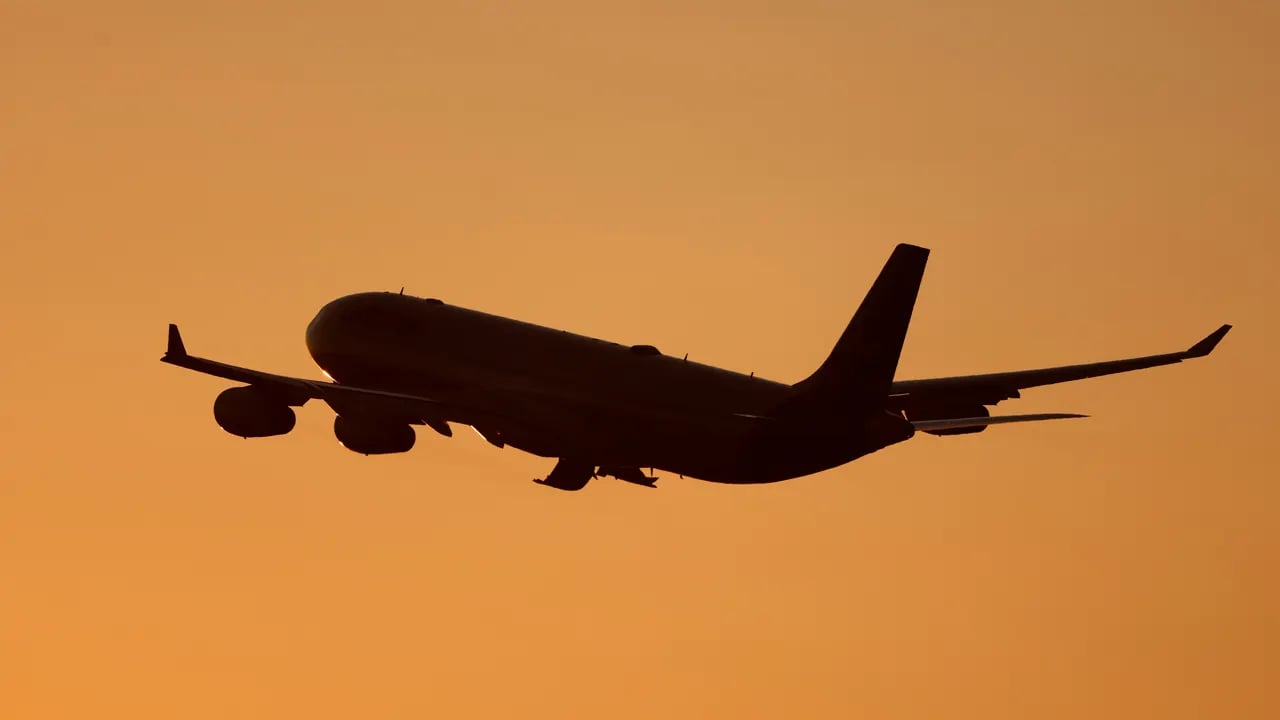
The recent incident involving a British man's death and injuries sustained by dozens of passengers on a Singapore Airlines flight that experienced severe turbulence on Tuesday highlights the risks associated with flying through unstable air.
Over the years, injuries caused by turbulence during flights have accumulated, although fatalities due to turbulence are relatively rare.
Experts advise air travelers to remain vigilant, emphasizing the importance of wearing a seat belt as the first line of protection, despite carriers' efforts to reduce accident rates.
AP explains the essentials to understand about turbulence.
Turbulence is essentially unstable air that moves in a non-predictable fashion.

While many people associate it with heavy storms, the most dangerous type of turbulence is clear-air, which can occur suddenly and without warning.
Jet streams are the high-altitude rivers of air where clear-air turbulence most frequently occurs.
Wind shear occurs when two large air masses move at different speeds, resulting in the culprit.
If the difference in speed is significant, the atmosphere cannot handle the strain and breaks into turbulent patterns like eddies in water.
Turbulence-related fatalities are especially rare — particularly on a commercial flight.
Wearing a seat belt is crucial for passengers' safety.
science
You might also like
- Lunar modules from the first two moon landings have been captured in stunning detail by Orbiter photos, more than 50 years after the historic missions.
- Discovery of a remarkable mastodon jaw in a New York homeowner's backyard
- NASA resumes communication with Interstellar Voyager 1 after pause.
- In 2055, the asteroid that was once referred to as Earth's "mini moon" will make a return visit.
- A new species of sea slug that resides in the ocean's 'midnight zone' has been discovered with a glowing appearance.
